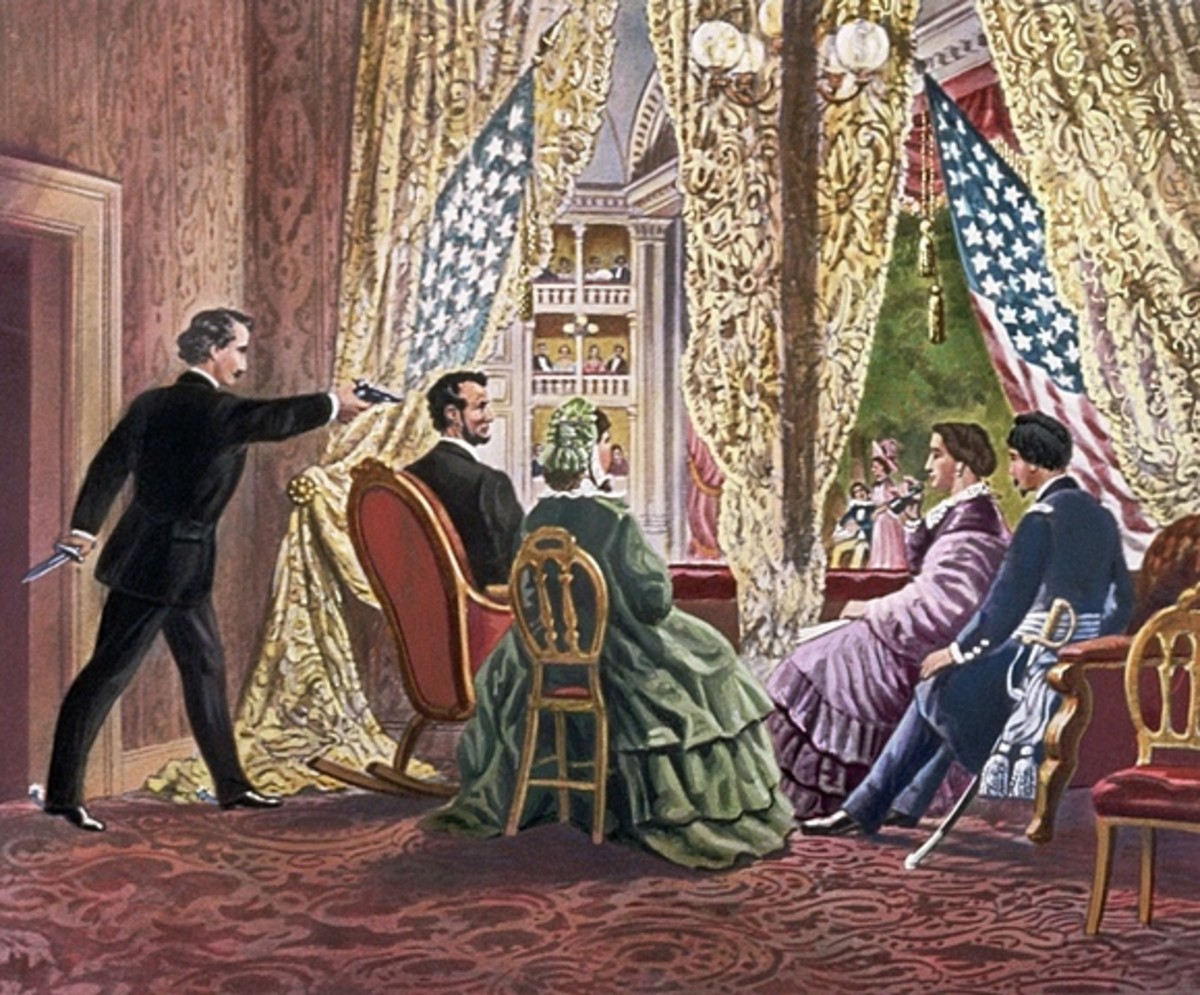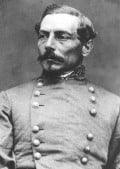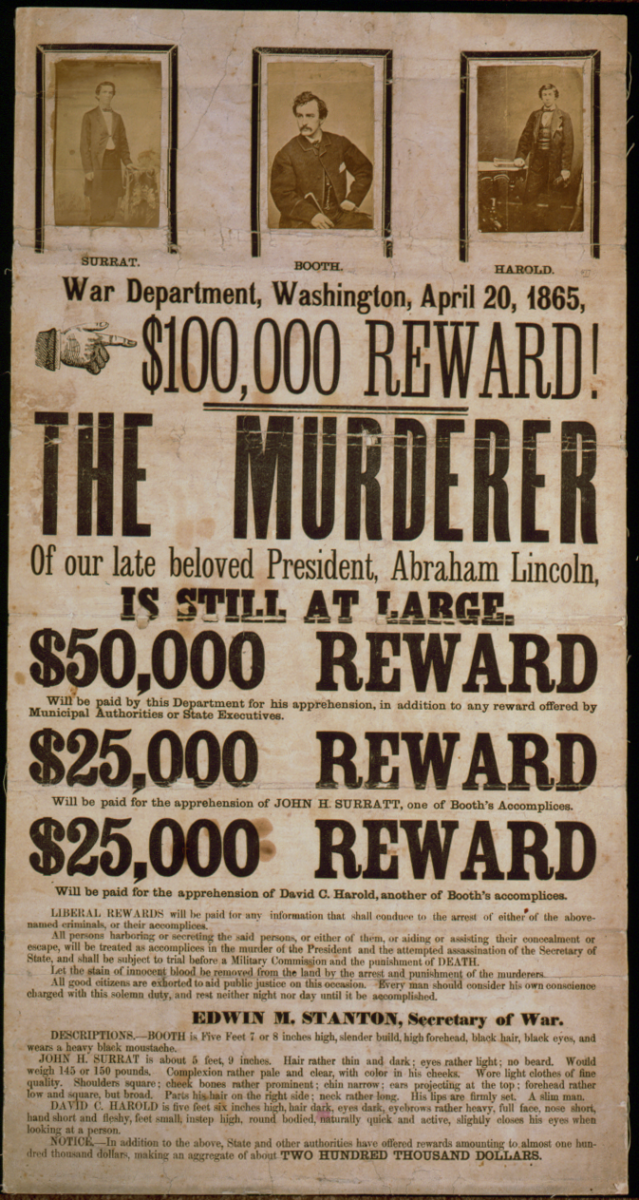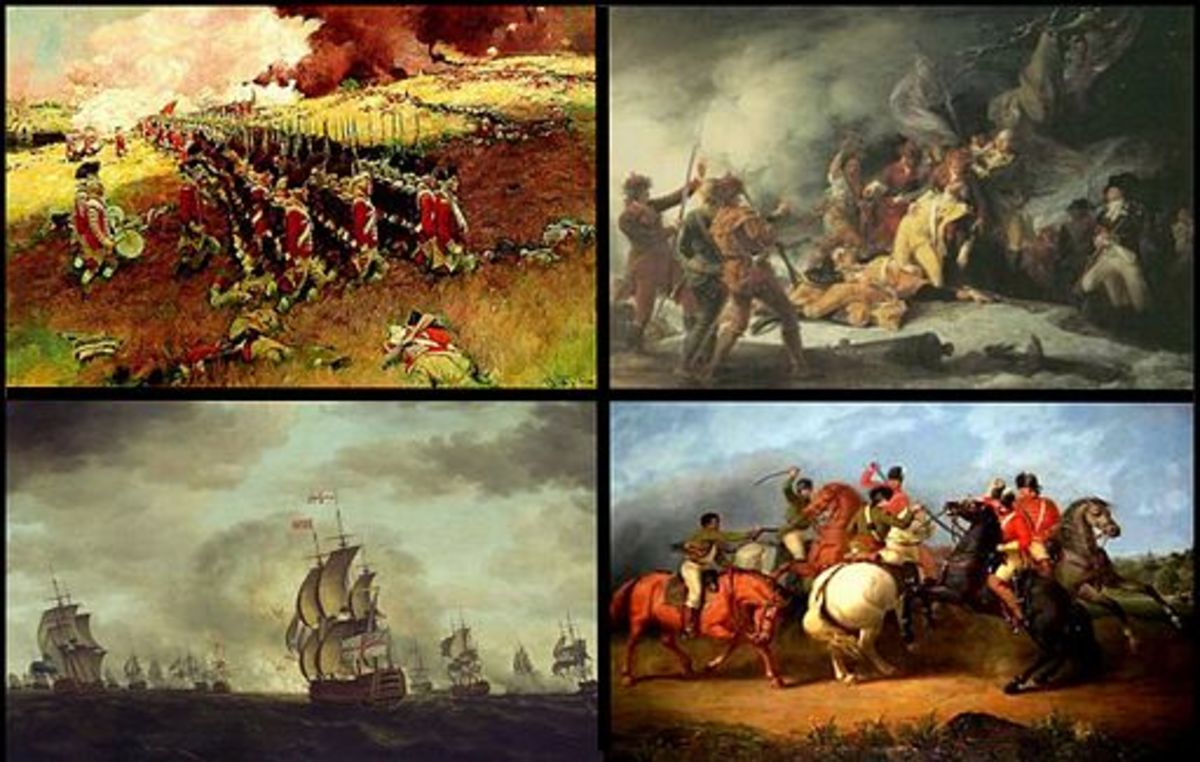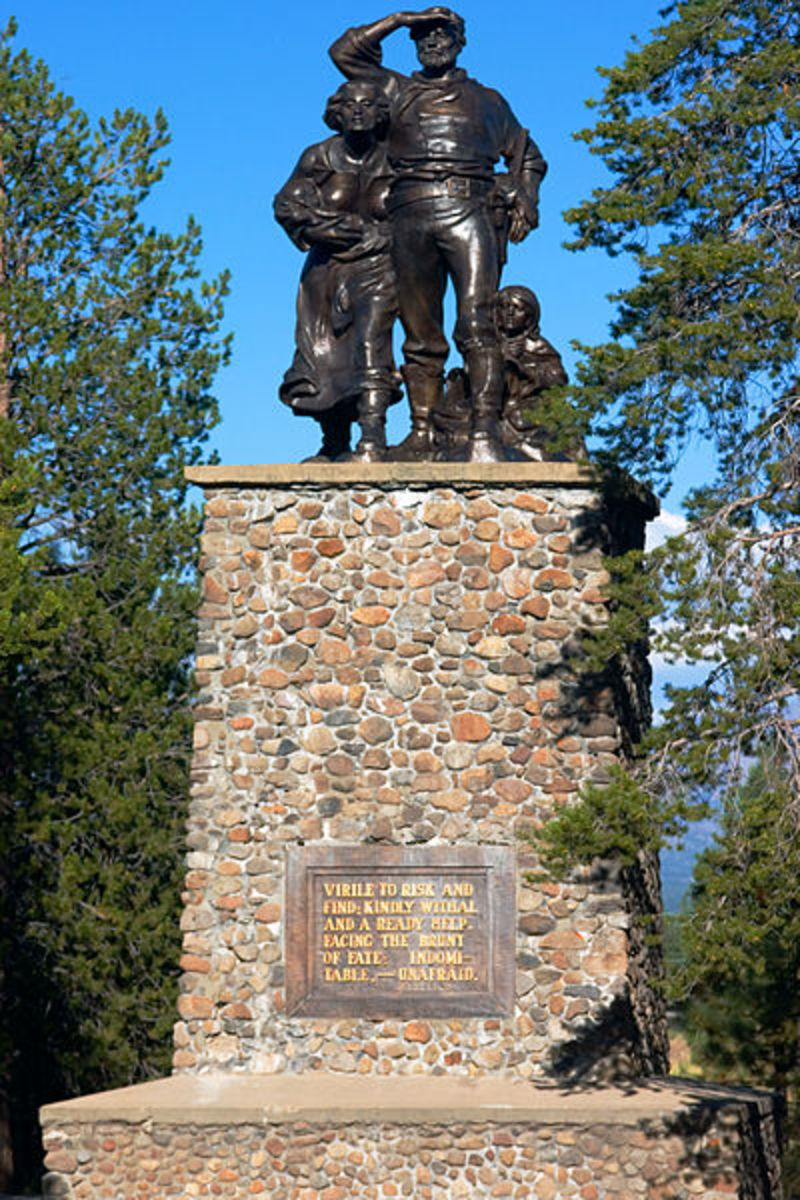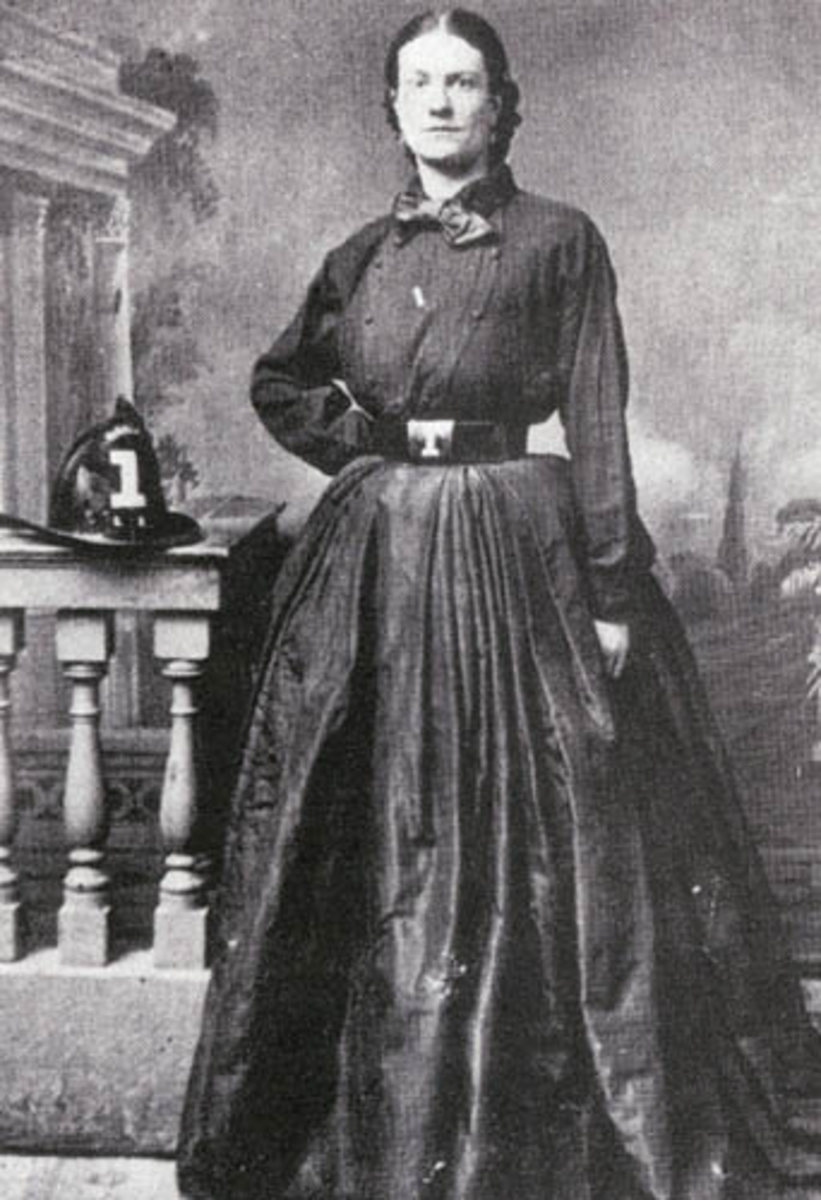- HubPages»
- Education and Science»
- History & Archaeology»
- History of the Americas
The John Wilkes Booth Conspiracy

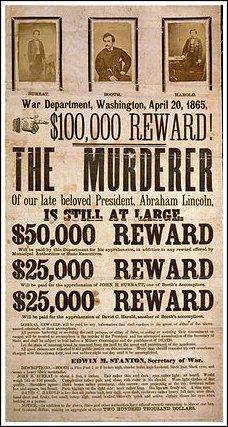
The story of John Wilkes Booth, the man who assassinated President Abraham Lincoln on Friday, April 14, 1865 is well known. Well, at least the generally accepted version by historians is. Some charge the man shot and killed at Garrett’s barn that fateful day wasn’t actually Booth, but rather a man named David E. George and there is evidence supporting the claim. To understand how this relatively unknown man entered the picture, let’s look at the events leading up to the tragedy.
John Wilkes Booth was born on a farm near Bel Air, Maryland May 10, 1838. He was the ninth of ten children born to the well known actor, Junius Booth. He first became active in politics during the 1850s linking up with an organization called the Know-Nothing Party. Its mission was to stem the tide of immigrants streaming into the United States. Booth whole heartedly supported the institution of slavery and during the Civil War served as a Confederate spy.
The original scheme devised by Booth was for him and several other co-conspirators to kidnap the president and exchange him for Confederate prisoners-of-war. It was during the summer of 1864 and Booth had heard the President would be attending a matinee on March 17, at the Campbell Hospital in Washington. The strategy was to intercept the presidential carriage on his way there. However, the plan fell apart at the last minute when Lincoln decided to address the 140th Indiana Regiment and make a presentation instead.
Booth’s next plan was to kidnap the President at a later date when Lincoln was scheduled to attend a performance of Our American Cousin at Ford's Theater. His co-conspirators didn’t like the plan and dismissed it as “infeasible.”
In fact, it was never Booth’s original intention to shoot the president. But lacking support for his kidnapping plot he had to entertain the idea, especially after the fall of Richmond and hearing Lincoln speak about Negro suffrage.
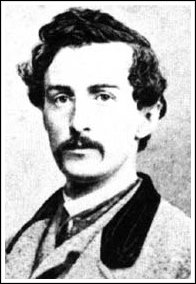
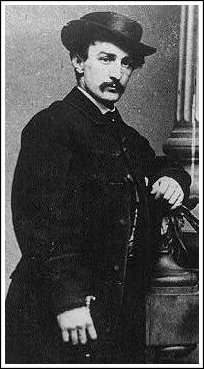
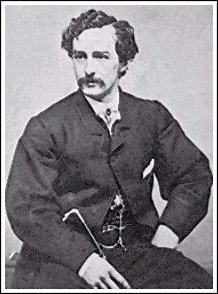
Kidnapping was now out of the question. Booth tried to sell several of his co-conspirators on a plot to also assassinate several other high ranking government officials including the Vice President, Secretary of State, and perhaps General Grant. But the war was drawing to a close and he found little support.
On the night of Lincoln’s assassination, Booth, presented his actor’s credentials to a presidential aide and was allowed to enter Ford’s Theater through a lobby door leading to the presidential box. Reaching the box, Booth opened the door and from a distance of about four feet fired a bullet into the President's brain.
A military officer seated next to the President attempted to grab the assassin, but was slashed by Booth’s large knife. Booth rushed to the front of the box, leapt over the railing and fell to the stage. The fall badly fractured his leg. Struggling to his feet he rushed out the back door to a horse being held for him. Booth mounted the horse and quickly disappeared into the darkness. A wide net was immediately cast in pursuit of the fleeing assassin and his cohorts, including one David Herod.
The official version of the following events stated Booth and Herod had fled to the Rappahannock River in Virginia and had crossed over on a ferry operated by Willie Jett. Jett had talked with the two conspirators and during their conversation Herod had proudly boasted his companion had just assassinated the president. Later, when Colonel Everton J. Conger and two other investigators questioned Jett about their whereabouts, he pointed them in the direction of Mr. Garrett’s home.
The pursuing Union soldiers shortly trapped the two conspirators in Garrett’s barn. Conger gave Booth and Herod five minutes to surrender or be burned out. Booth requested a few minutes to consider his options. After some discussion with Herod, Booth made several proposals to Conger…all which required Conger’s men to draw back a certain distance at which point he would come out and fight them. The proposals were rejected and as Conger piled pine boughs against the barn Herod decided to surrender and stepped out into the hands of his capturers. Conger then lit the fire. With the flames engulfing his sanctuary, Booth charged toward the barn door and was cut down by a shot from Sergeant Boston Corbett. Booth fell and he was carried out of the barn into Garrett's house. He died several hours later.
That’s the official version. But some claim it wasn’t Booth who died and the whole story was contrived to cover up the embarrassing fact authorities had killed the wrong man. Because there was so much controversy surrounding the autopsy and burial of Booth, some hold Booth had actually escaped. After a while the subject was more or less put to rest. However, every so often it would be resurrected by newspapers hoping to profit by sensationalizing the topic.
For example, in the spring of 1898 there was some news stories circulating stating Booth had escaped and made his way to South America and again in 1903 the question of Booth's escape surfaced again.
David George Mummy
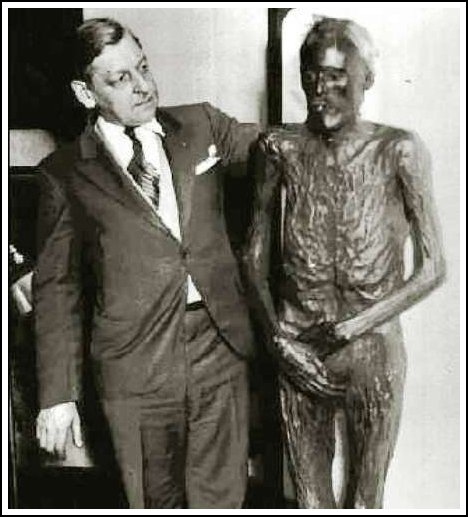
So, where does the aforementioned David E. “Ruddy” George fit into the puzzle? On January 13, 1903 in Enid, Oklahoma, he died. With his last breath he allegedly made a deathbed confession to his landlord, Mrs. Harper. He was John Wilkes Booth!
A local newspaper, The Enid Wave immediately printed Mrs. Harper’s story, although they didn’t give much credence to it. However, the paper did intimate there was a possibility given certain facts. George bore a striking resemblance to Booth, his right leg had been broken just above the ankle and he was the exact age Booth would have been if he had lived. He also had connections with the theatre.
George's remains were mummified and kept on display at the undertakers' until Memphis Lawyer and showman Finis L. Bates, bought it and put it on display as part of a traveling circus side show. Bates had read the news about George’s death and rushed to Enid. The lawyer was curious as in the early 1870's he supposedly had been friends with a man going by the name John St. Helen. According to Bates, St. Helen had become ill and was convinced he was on his deathbed. He confided to Bates he was John Wilkes Booth. But St. Helen didn’t die and when Bates questioned him about it later he denied he ever said it. When Bates some 30 years later viewed the mummy…he said it was his old friend St. Helen! If Bates is to be believed, one must consider he was a showman and may very well have perpetrated the story for monetary gain.
After five years of research Bates published a book in 1908 in which he suggests Booth had left his diary, wallet and other personal effects in the marsh a few miles from the Garrett farm. He asked the Garrett farm caretaker, a man named “Ruddy,” to go back and get them for him. During his absence Booth heard government agents were closing in so he fled leaving Herod behind. When Ruddy returned he found Booth gone. Expecting him to return, he kept the personal items upon his person. Herod and Ruddy were the two who actually slept in the barn that night and that’s why the man in the barn denied being Booth…so said Bates.
However, other evidence points to the body taken at the barn, was that of Booth. There was a pin fastened to the man’s undershirt which was inscribed with the words "Dan Bryant to J. W. Booth." Bryant had been an actor and friend to Booth. The fact he had the pin and kept it fastened to his undershirt was not public knowledge at the time.
Later it seemed the mummy was cursed. Nearly every showman who owned it became financially ruined and eight people died in a circus train wreck on which the mummy was traveling.
In 1931 the remains were X-rayed and examined by a panel of medical experts in Chicago. It was claimed the fractured leg, broken thumb and scar on George’s neck were all consistent with injuries Booth had sustained. The group was convinced the mummy was the remains of John Wilkes Booth. The results were met with little fanfare by reputable news media. A few "tabloids" and similar magazines were the only ones to carry the story.
Several events in 1937 helped make George’s mummy a more profitable exhibit. One was a book written by Otto Eisenschimil titled "Why Was Lincoln Murdered?" Eisenschimil works included a vast amount of documentation suggesting Secretary of War Edwin Stanton was a prominent figure involved in the plot to kill Lincoln and had arranged Booth’s escape. Another publication the same year was "This One Mad Act" by Izola Forrester, a great granddaughter of John Wilkes Booth. It presented evidence members of her family had been in contact with Booth after his supposed death in 1865.
In 1869 Booth’s body was released to his family at which time they had their family dentist examine the remains. The dental work was identified as Booth’s. The family also identified the body as that of John Wilkes Booth.
Officially, the records show John Wilkes Booth was the man who died at Garrett’s farm. However, no doubt the tale of David E. George will be rehashed by tabloids for generations to come.

